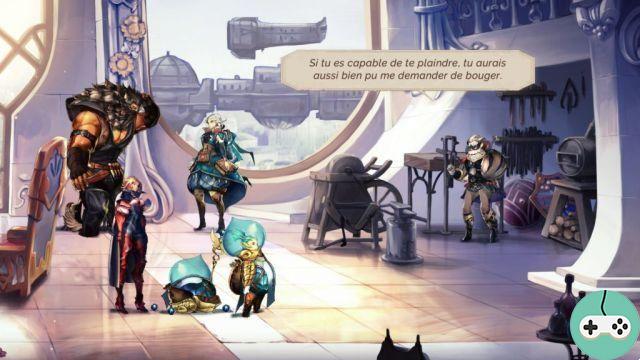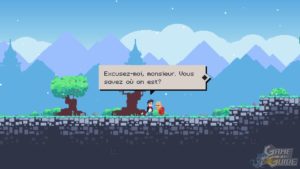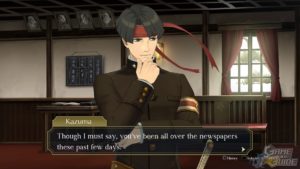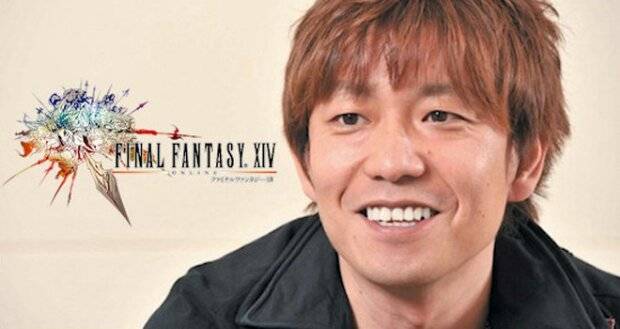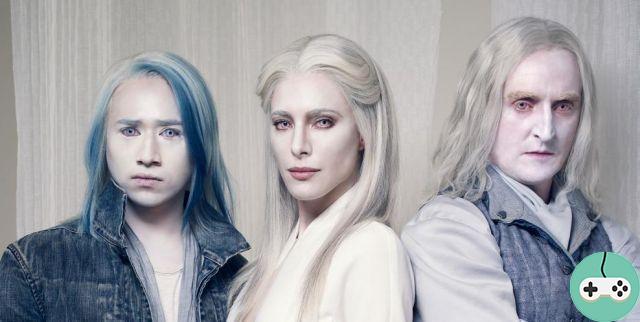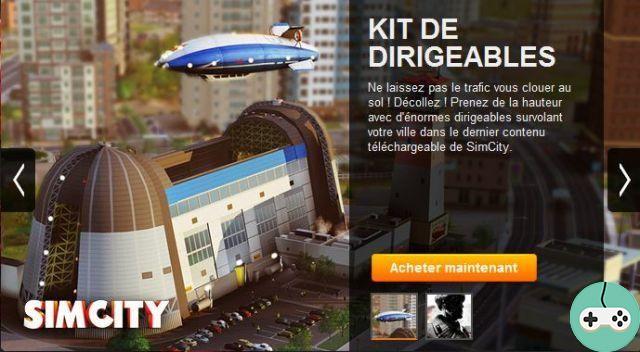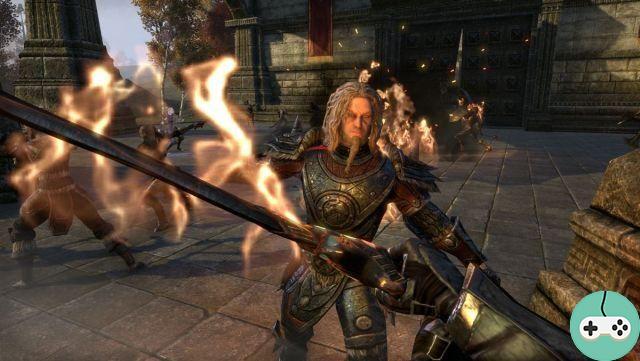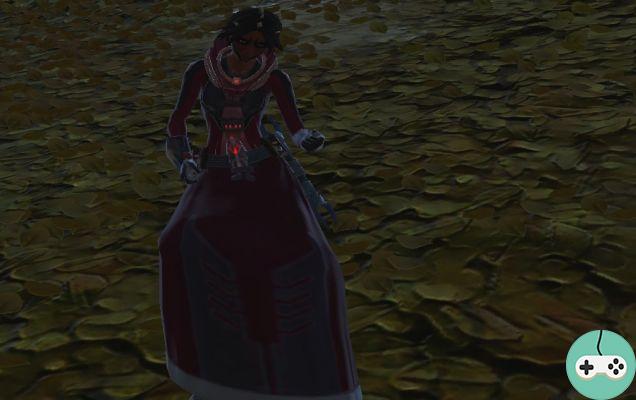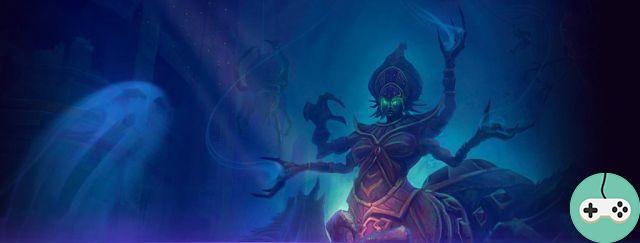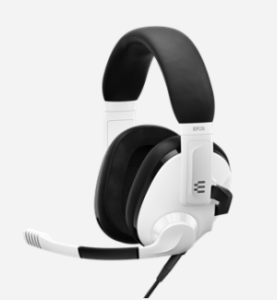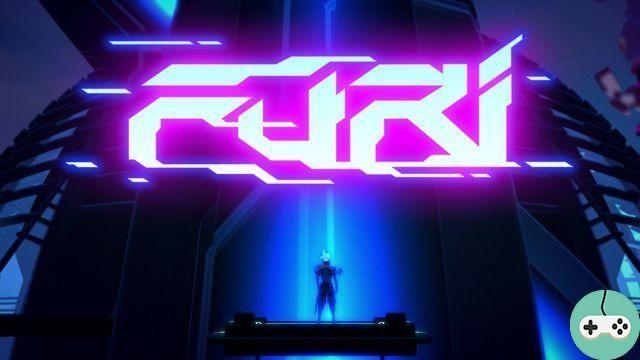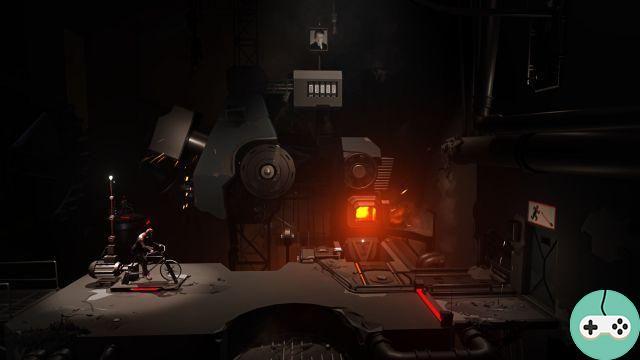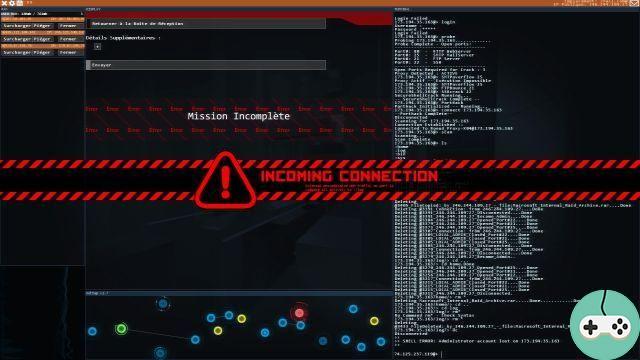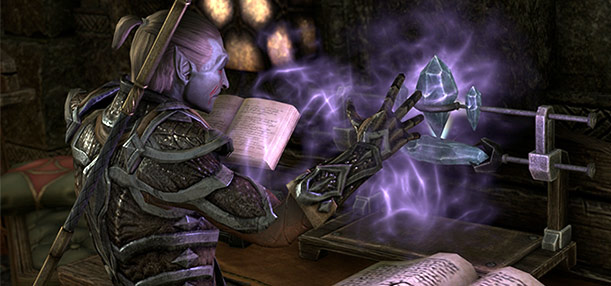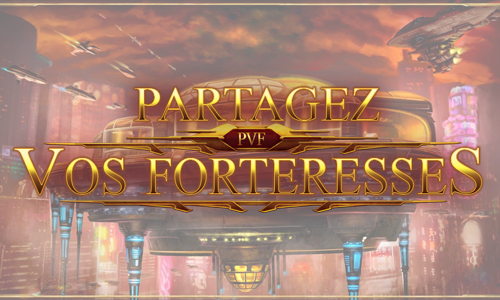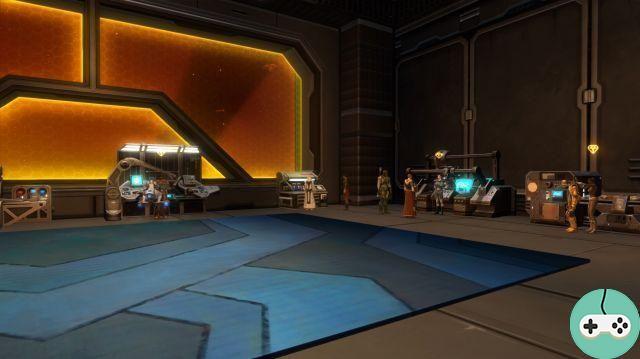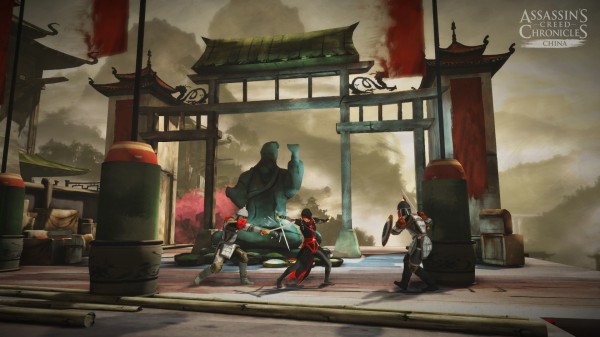This interview with Philippe Dassonville was conducted during a visit to the Kylotonn studios (find the introduction here). As Lead Vehicle Artist, Philippe is in charge of a team of four people, dedicated to the stars of the game: the vehicles. In all, thirty-seven shapes are present in Generations, including seven new ones. A record! Indeed, previous games added a maximum of four. Fortunately, the basic team was helped by external resources (outsourcing) who were responsible in particular for the basic modelling.

Different phases are followed when creating a vehicle: modeling, creation of the LOD0 model (the model that is seen by the player in the foreground), creation of the UV (pre-phase before applying textures), creation of interior textures, creation of livery textures, integration. Each car takes an average of sixty man-days to create from scratch. This increases to one hundred by going to integration, that is to say the addition of the vehicle in the game engine. Because it is the designers who enter the details of the vehicles themselves into the database. prepared by the developers (category, icon, model, texture, characteristics...). Knowing that the choice was made to offer similar performance to all cars in the same category. Although this is not the case in real life, it would be too difficult, and above all not fun, to offer unbalanced vehicles. However, the physics remain different depending on the category, with also a host of specific settings for all historic vehicles.
Sometimes, vehicle design is initiated using CAD files provided by manufacturers. With their millions of polygons, down to the details of each nut, they are unusable as they are, because they are far too greedy, transformed into a sort of “mold”. Data from blueprints, design diagrams with dimensions, is much appreciated, but not all builders like to share their secrets. As a result, sometimes, only the photos remain. Even research on the internet to find sources. This is particularly the case for historic vehicles for which it is very difficult to find official information. Namely that 3D scanning has never been used yet, but it is a technology that KT is studying for the future.
To arrive at a model of about 200 polygons in LOD000. Constraints which have been able to evolve slightly since WRC 0, thanks in particular to the improvements made to the engine, which always better manages the graphics rendering.


In any case, the creation of a new vehicle very often begins with a rectangle with exact dimensions, with the objective that everything fits inside! It is important to get off to a good start and not neglect this initial design phase. The first vehicle that was created for Generations, the Citroën C4, was badly initiated, it was the vehicle that caused them the most concern, and which led to being the most criticized by its manufacturer before arriving at final version.
For liveries, big teams share vector files. It must be said that they are very straddling the position and size of each of the logos. For the little ones, especially those in the lower categories, this involves on-site photos, taken during the first rounds of the WRC. The customization offered to players involves the creation of a special white texture, a sort of mask, which defines the places that can be changed.
When I ask Philippe about the essential knowledge to be a good Vehicle Artist at KT, surprisingly, he insists more on the creation of textures. Indeed, the overall shapes are often made externally, and it is therefore at the level of polishing, and especially of the final appearance that the bulk of the work remains to be done. As for the tools used, Substance Painter and Photoshop.
Generations is Philippe's first WRC, who previously worked in helicopter design (he also does environments and spaceships on his ArtStation page). It is also his first game. Not to mention that he works entirely remotely, being neither in Paris nor in Lyon. And that in addition some of the members of his team had already worked on a WRC, and therefore had a better knowledge of the tools. So many challenges that were met brilliantly (or so he hopes), during this very short year of production.




